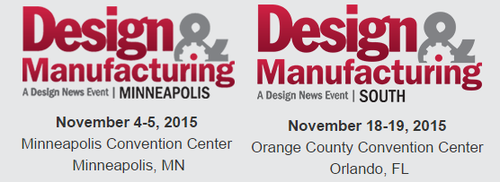October 23, 2015

The global population is estimated to reach or exceed 9 billion by 2050, which will put a tremendous strain on the world's food supplies. With present agriculture technologies, it seems nearly impossible to avail arable land to meet growing food demands.
It is inevitable, then, to imagine a situation of social chaos if no effective plan to feed the world is developed. One solution to counteract the challenge of availing arable land for farming was envisioned by ecologist Dickson Despommier, through a concept called the Vertical Farm, which emerged in 1999 at Columbia University, promoting mass cultivation of plants in the form of skyscrapers.

While the Vertical Farm is a transformative solution that holds promise for more sustainable and nature-friendly farming, critics argue that the cost of energy required for artificial lighting, heating, and other vertical farming operations outweighs the benefits it offers. These arguments hold true so some extent but can be countered through innovative technologies.
While inexpensive metal reflectors are being used to effectively supply sunlight to the plants, there are several other parameters that need to be understood to allow proper vertical farming. Vertical farms are made up of trays that keep rotating to ensure that each tray receives equal amounts of air and sunlight required for a proper growth.
However, since these trays are placed closely together, the circulation of air across each tray is quite difficult to achieve. A proper understanding is required, considering the inlet and outlet air supply ducts, space between the trays, and the dynamics of entire vertical farming system. To develop a prototype vertical farming system without realizing the effects of each parameter can be costly, so modern engineering technologies such as computational fluid dynamics can be utilized to study the effects of air flow prior to actual production.
An aerodynamic analysis utilizing the general Navier-Stokes equation with a k-epsilon turbulence model can be utilized to study the flow behavior over the entire vertical farm. The prerequisite for such an analysis is developing a fluid domain considering the trays in between and the surrounding walls. Since the air is forced across the arrangement, the pressure supply and its location must also be defined along with the air velocity.
The result obtained by solving the equation across the domain can provide the designer a clear perspective on the vertical farm design, without conducting physical tests. Flow patterns across the trays can be easily visualized, which can enable the engineer to alter the spaces between the trays or optimize the artificial air circulation system to ensure a uniform circulation.
As shown in the figure above, a CFD simulation was performed for a vertical farming unit that utilizes multiple fans to supply and extract air through channeled ducts. The aerodynamic analysis showed a uniform air circulation across the top three and bottom two trays.
READ MORE CFD ARTICLES FROM MEHUL PATEL ON DESIGN NEWS:
However, a velocity drop can be noticed in the middle three rows, predicting a possibility of improper air circulation across these regions. To ensure a more uniform air supply and circulation, either the placement of fans can be optimized or its delivery pressure can be increased. Altering the spaces between the trays can also help improve the air flow. The analysis thus helped in identifying flaws in the design early, prior to the development of a physical prototype, and reduced costs considerably.
Incorporating modern simulation capabilities to study the behavior of modern farming systems can work in the favor of a more sustainable and cost-effective agricultural future, and provide the room to explore new possibilities, simply by altering the design constraints virtually.

Design News will be in Minneapolis and Orlando in November! Design & Manufacturing Minneapolis will take place Nov. 4-5, while Design & Manufacturing South will be in Orlando Nov. 18-19. Get up close with the latest design and manufacturing technologies, meet qualified suppliers for your applications, and expand your network. Learn from experts at educational conferences and specialty events. Register today for our premier industry showcases in Minneapolis and Orlando
Mehul Patel specializes in handling CFD projects for automobile, aerospace, oil and gas and building HVAC. He works as a CFD consultant with Hi-Tech CFD and has successfully executed numerous CFD projects of high complexity. He is an expert in turbomachinery, gas dynamics, combustion, fluid dynamics, multiphase flow analysis, computational fluid dynamics, etc.
[top image via ZDNet]
About the Author(s)
You May Also Like



